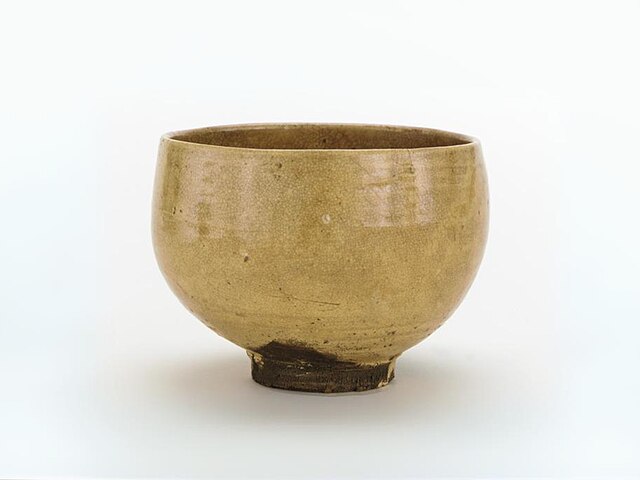Japanese gardens are traditional gardens whose designs are accompanied by Japanese aesthetics and philosophical ideas, avoid artificial ornamentation, and highlight the natural landscape. Plants and worn, aged materials are generally used by Japanese garden designers to suggest a natural landscape, and to express the fragility of existence as well as time's unstoppable advance. Ancient Japanese art inspired past garden designers. Water is an important feature of many gardens, as are rocks and often gravel. Despite there being many attractive Japanese flowering plants, herbaceous flowers generally play much less of a role in Japanese gardens than in the West, though seasonally flowering shrubs and trees are important, all the more dramatic because of the contrast with the usual predominant green. Evergreen plants are "the bones of the garden" in Japan. Though a natural-seeming appearance is the aim, Japanese gardeners often shape their plants, including trees, with great rigour.

The moss garden at the Saihō-ji temple in Kyoto, started in 1339
An island in Kōraku-en gardens, Okayama, with azaleas in flower
Carefully positioned stones around the pond in Ritsurin Garden
Japanese Garden in the Tatton Park Gardens, England
Japanese aesthetics comprise a set of ancient ideals that include wabi, sabi, and yūgen. These ideals, and others, underpin much of Japanese cultural and aesthetic norms on what is considered tasteful or beautiful. Thus, while seen as a philosophy in Western societies, the concept of aesthetics in Japan is seen as an integral part of daily life. Japanese aesthetics now encompass a variety of ideals; some of these are traditional while others are modern and sometimes influenced by other cultures.
Sōji-ji, of the Soto Zen school
Hanami ("blossom viewing") parties at Himeji Castle
The Temple of the Golden Pavilion (Kinkaku-ji)
An 18th century tea bowl, exhibiting the aesthetics of shibui








